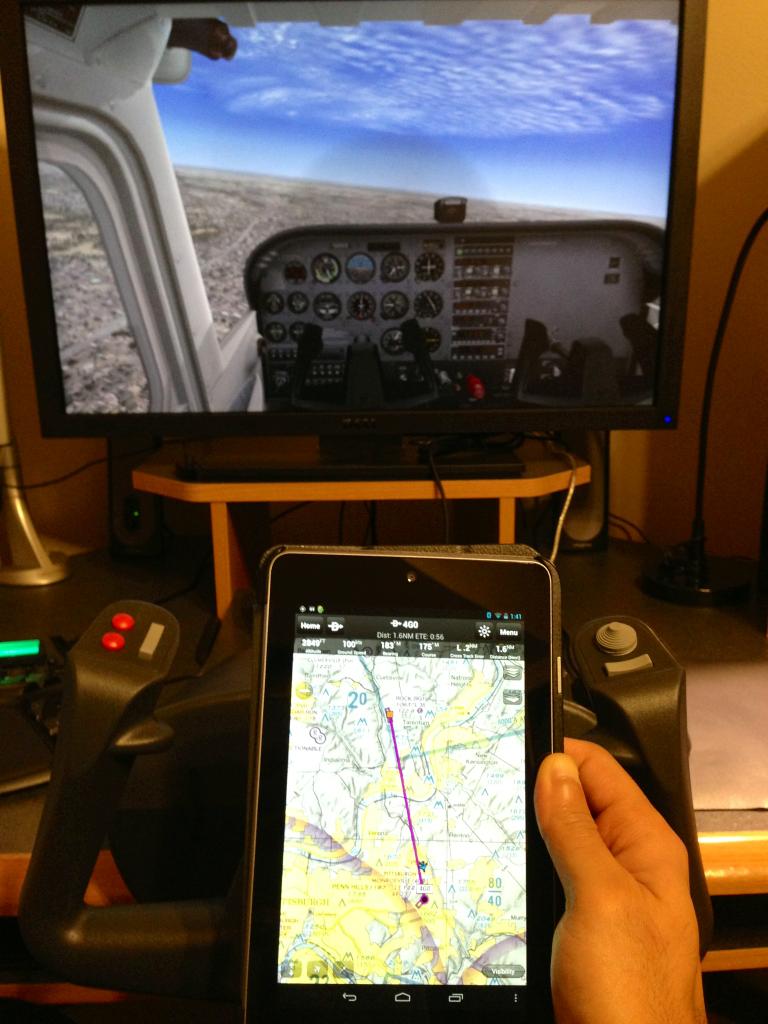Kross
Pre-Flight
Quick update:
Spoke with the CFI and did it strategically enough where I wasn't coming off as being critical. He completely understood.

I'm still using paper charts in the air/during lessons though.
Spoke with the CFI and did it strategically enough where I wasn't coming off as being critical. He completely understood.
- For the last lesson, we flew out towards Butler (BTP) County airport and did some landings and then went off into a practice area by there to do some other work.
- We did the following over the last (1.4 Hobbs) lesson:
- 3 full-stop landings
- 2 touch-and-go landings
- 2 go-arounds
- Slow-flight
- Stalls
- Rudder techniques
- My rudder control on take-offs has improved from the last time.
- Landings are still a bit rough (which is to be expected).
- Have to work on rudder control at landings; I keep wanting to lead with ailerons when aligning myself on final.
- Connected to my PC via Bluetooth (with COM3 port as incoming)
- Flight Simulator X running on my PC, with GPSout enabled (using FSUIPC)
- In the Garmin Pilot app on the Nexus, I enabled a Bluetooth GPS Receiver.
- Wherever I flew in FSX on my PC, showed up as corresponding coordinates on my Nexus-7 running Garmin Pilot. This included direction, altitude, speed, etc.

I'm still using paper charts in the air/during lessons though.
